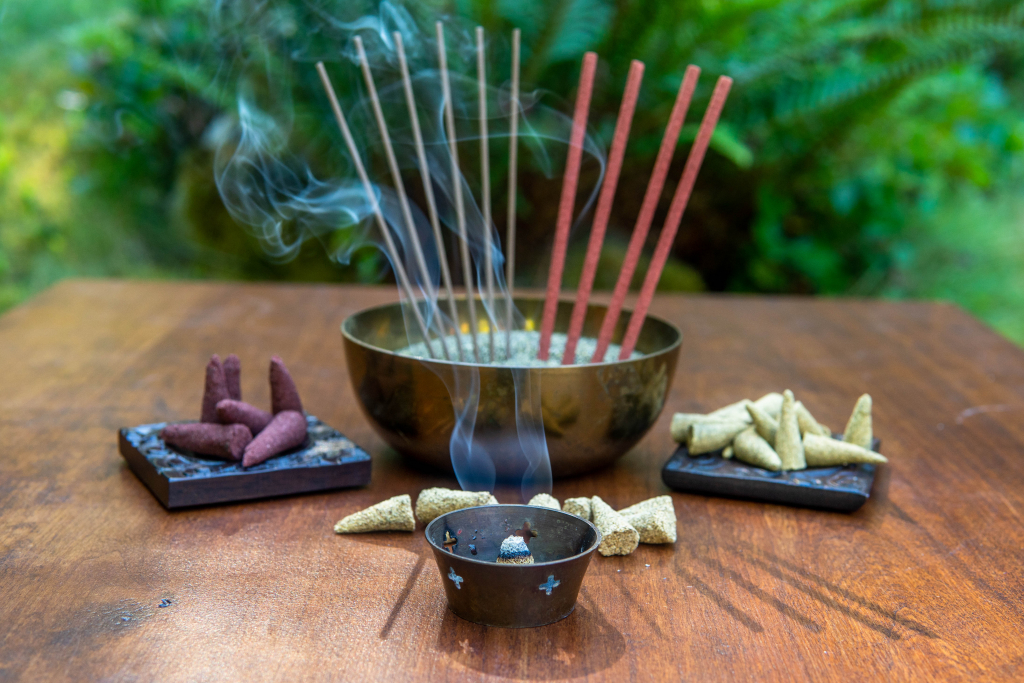
Modern aromatherapy, the therapeutic use of botanical essential oils, is one of the fastest growing healing modalities of our time, and its name is widely known around the world today. If we break down the word itself, the principle is easily revealed: a practice of healing (therapy) using aromatic plants.
What many people don't realize is that traditional aromatherapy has been around for thousands of years longer than essential oils. The smoke and aromatic medicine from fragrant plants in the form of natural incense, fumigants, and steam has been used by ancient physicians, medicine people, healers, and shamans for millennia to bring balance to the body and emotions, clarity and enhanced function to the mind, and healing to the spirit.
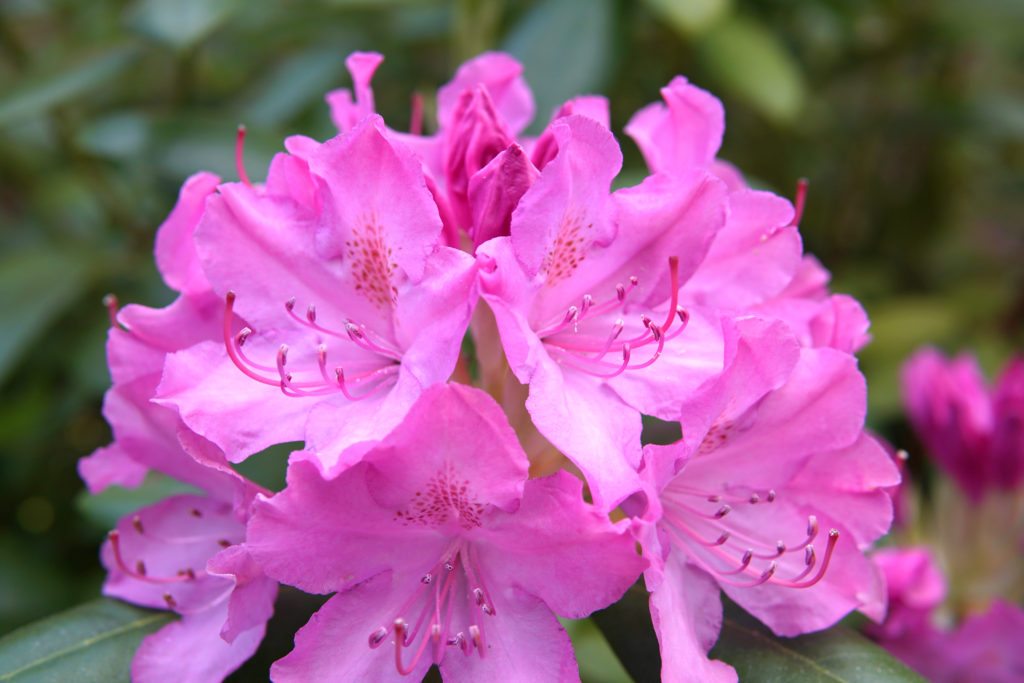
Traditionally, the soul of a plant is believed to be housed in its natural oils which saturate its physical parts: leaf, root, bark, stem, seed, flower, resins and gums. In the esoteric tradition of Western Alchemy, these volatile essential oils, referred to as “sulfur,” are considered to be the soul, or the unique consciousness of a plant. Therefore, in this ancient belief, to breathe in a plant’s aroma and essential oils is to embark on a fragrant process of personal transformation and healing through direct communion with the soul, or “sulfur,” of a plant.
If we take this thought into nature, we find that the unique 'soul' of a plant often travels on the breeze in the form of volatile essential oils, reaching out to passersby. These oils carry with them their own aromatic signature in hopes of gaining our attention with their strong, alluring fragrances.
The process of experiencing aromas out in nature effects us on very subtle and energetic levels. In this process, a plant's medicine and its soul essence are taken into the nasal passages and lungs, traveling throughout the blood stream, and ending up dispersed throughout various parts of the body and brain; positively effecting mind, mood, emotions, energies, and physical health. In addition to this, many ancient cultures believed aromatic plants and incense to work on the soul level, healing our energetic and spiritual imbalances and aiding us in our spiritual evolution.
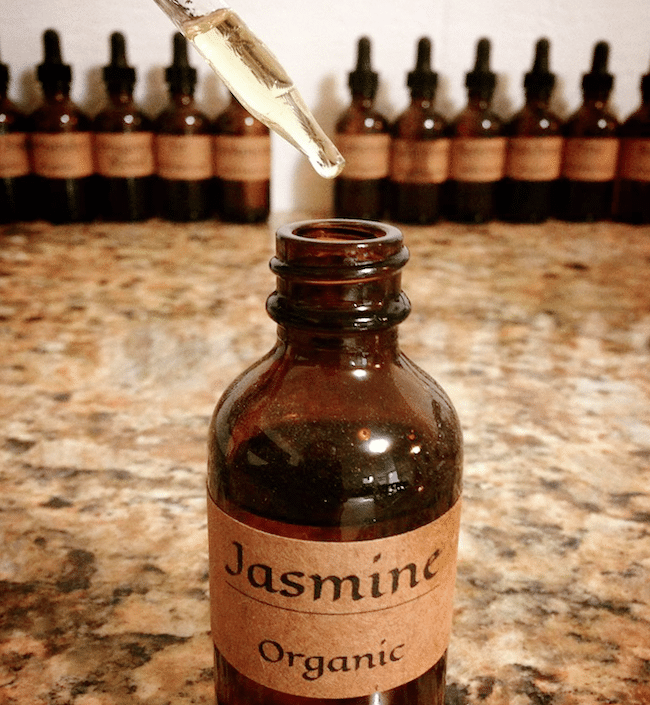
Lower potency essential oils than what we have today have been extracted from the plant kingdom since early history for their use in aromatherapy. Today there are many different methods for extracting oils from a plant, the most common employing the use of heat and water in steam distillation. In this age-old process, certain parts of a plant are placed within the chamber of a still and exposed to steam. As essential oils of plants are volatile (easily evaporated), steam easily separates them from the physical plant material.
These oils are then collected for use in fragrance, perfumery, aromatherapy, and other practices. Simplistic, low-potency botanical extractions have been around for ages, however, the more intense distillation extraction processes for essential oil production commonly used today only became popularized in the 1930’s, such as CO2 extraction, chemical solvent extraction, and the more intense industrial steam distillation. In addition to classic steam distillation, there are other age-old processes for extracting aromatics from nature including enfleurage, alcohol extraction, and attar making.
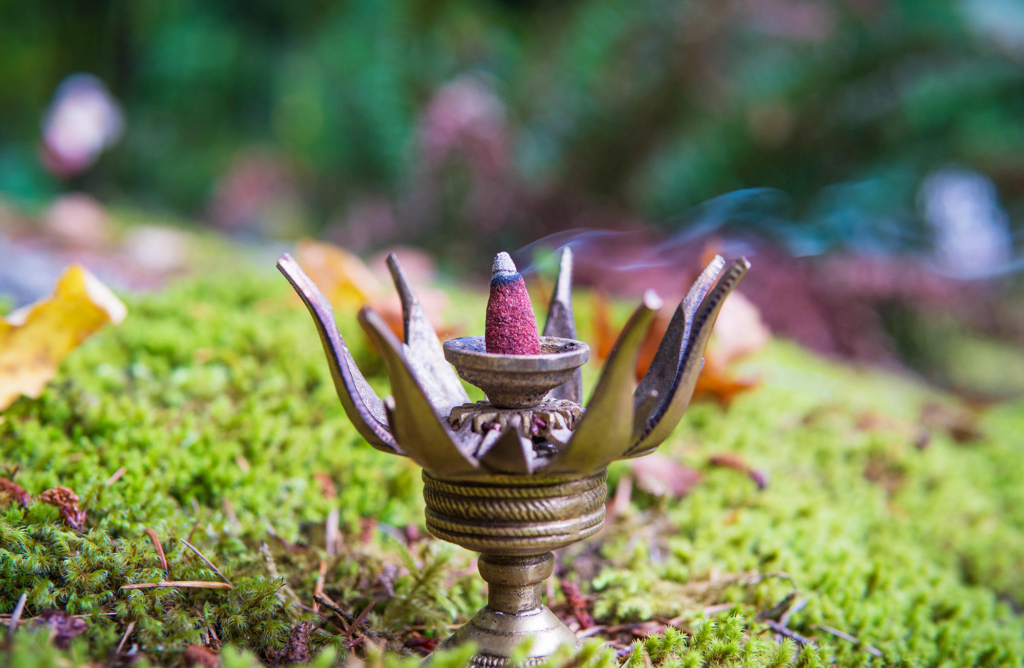
Aroma has a very direct action on the brain. As aromatic molecules are inhaled through the nose, they attach to receptor cells in the cilia connected to the two olfactory bulbs in the brain. Through this process countless chemical reactions are set off inside the human organism, effecting emotions, electrical responses, thoughts, mental activities, and even many bodily functions. Electromagnetic impulses are triggered and messages are transmitted and received. The part of the brain most involved with this process is the limbic system; which shares a direct connection to the emotions, memory, learning, hormone balance, sexual drive, energy levels, heart rate, blood pressure, anxiety, depression, stress levels, fear, anger, and joy.
There are many receptors in this area of the brain that are specific to unique compounds found in plants. For instance, research has shown that benzodiazepene receptors are found in large quantities on the olfactory bulbs, and many prescription drugs such as valium or antidepressants work on these receptors. Before man-made drugs like this were created however, nature was the provider of these plant-derived chemical compounds. Like keys to keyholes, each aromatic compound found in nature has its own unique receptor in our brains. On every walk through nature, an aromatic key anticipates opening a stuck emotional lock that could be holding us back from healthier mental, emotional, or spiritual states.
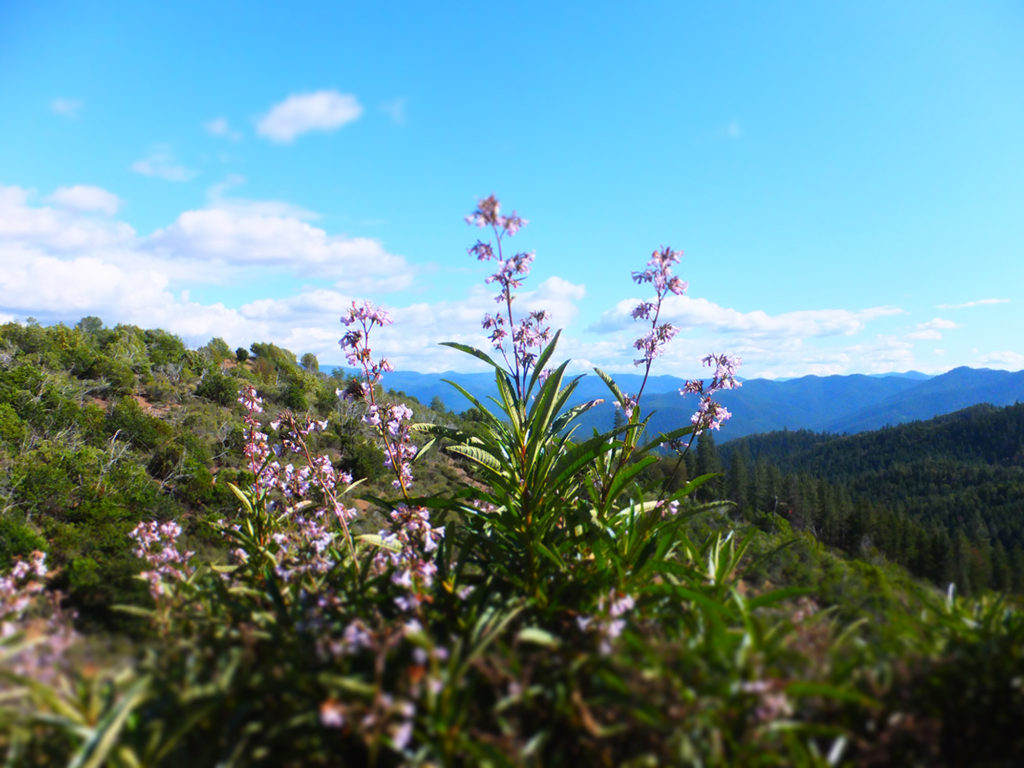
The burning of incense and inhaling of nature’s aromas outdoors were some of the original natural treatments, helping keep humans in balance on many different levels since the beginning of time. It just goes to show that as we continue on the path of technological advancement, modern medicine, and further disconnection from nature as a whole, society ultimately relies more and more on man-made drugs and chemicals to make up for the lack of, or lack of awareness of, the organic medicines that our ancestors received from spending time in nature. If people only knew that taking deep breaths outdoors or out in the forest can be so much more than just the absorption and assimilation of oxygen.
The ancients were well aware that aromatic plants have the power to enhance and heal mind, emotions, and cognitive functioning. They used herbs as incense and fumigants for ailments and disorders based on different systems of classification, diagnosis, formulation, and prescription. Without advanced machines, technology, research, or modern methods of extraction, they were still able to deeply understand the inherent connection between plants and humans, and were incredibly effective in keeping people healthy.
Like skilled locksmiths, they knew which aromatic keys were necessary in order to unlock the many facets of the human psyche and the emotional heart. Modern research can be quite fascinating, however, it's important to understand that health-science is usually verifying the known wisdom of thousands of years of experience: aroma holds a powerful key to our health, well-being, spirituality, and joy.
Learn How to Make Irresistible Incense For
Enjoyment, Healing & Ritual with
✨ The Art of Incense Crafting Ebook ✨
Download Your Free Copy Below
Are you ready to learn how to craft your own natural incense? This free eBook covers the essentials of creating incense that burns beautifully and smells divine, exploring its role as an ancient aromatic medicine and sacred ritual tool. Avoid common pitfalls and unlock step-by-step instructions to make incense cones with ease.

Article by Evan Sylliaasen

Evan Sylliaasen is the founder of the Northwest School of Aromatic Medicine and Higher Mind Incense. For the past decade his incense company has been a leader in sustainability and conscious sourcing of aromatic plants. As the head instructor of his online school, he teaches aromatherapists, incense lovers, herbalists, and spiritually-minded folks the traditional art of incense crafting, incense as medicine, and the art of wild-harvesting aromatic plants responsibly.
Evan lives with his family in the foothills of the Olympic Mountains of Washington state. He channels his creative passions through writing, photography, wood working, craftsman building, and music. When he’s not working, he’s out in the garden, forest and fields, walking along rivers, beaches, or in the mountains breathing deeply.
© 2020-2021 Evan Sylliaasen, The Northwest School of Aromatic Medicine. All Rights Reserved.
*The statements above have not been evaluated by the FDA. This article is not intended to diagnose, treat, cure, or prevent any disease.
